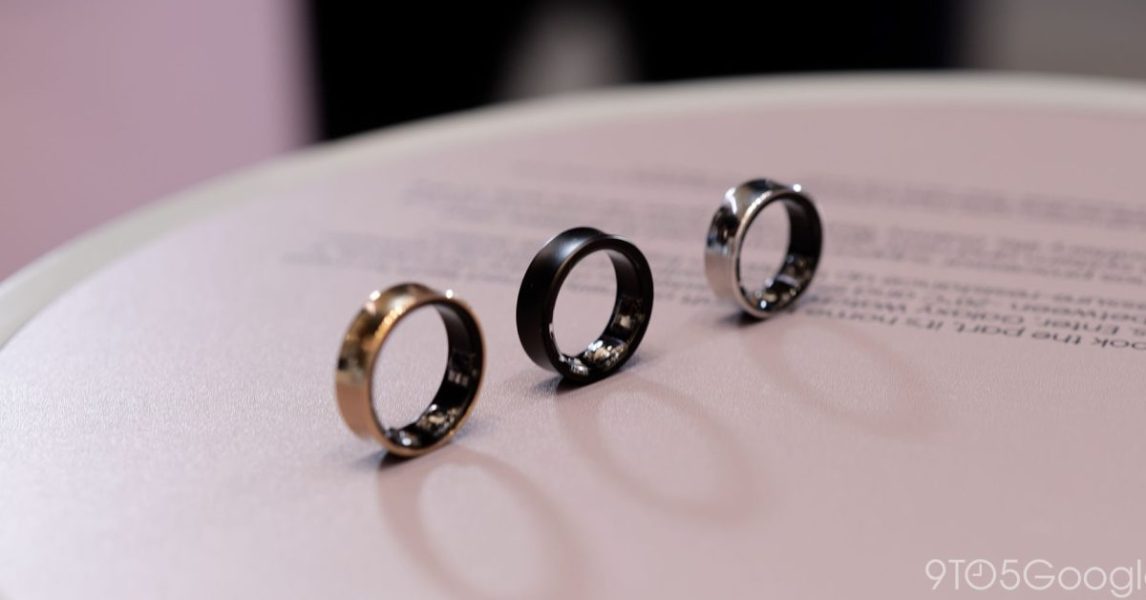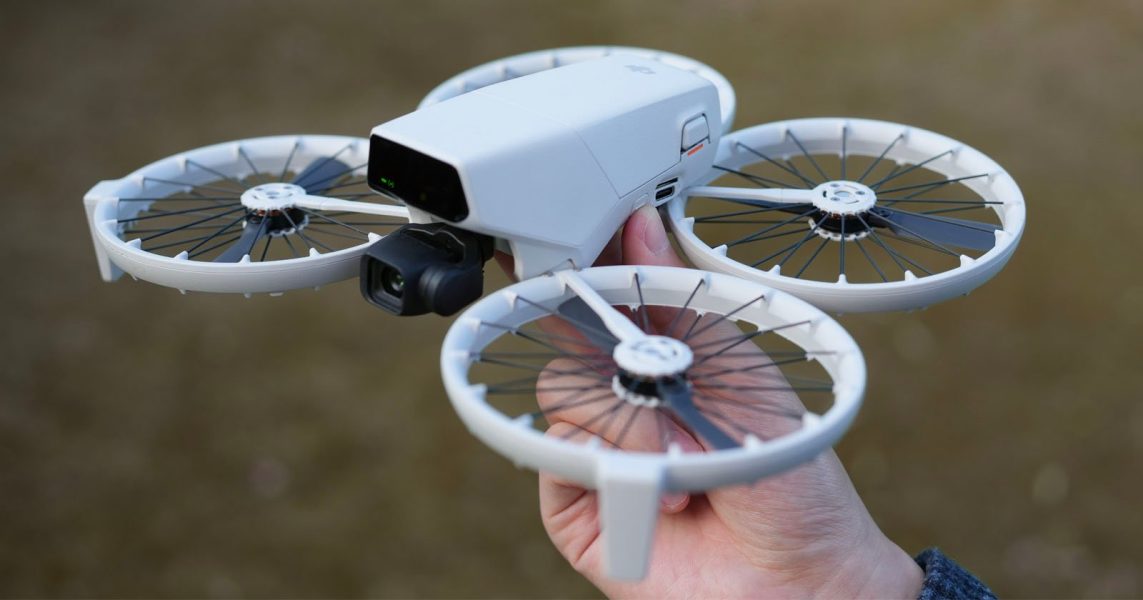Halliday’s new AI glasses are what Meta, Google, and Apple have been trying to build – ZDNet

‘ZDNET Recommends’: What exactly does it mean?ZDNET’s recommendations are based on many hours of testing, research, and comparison shopping. We gather data from the best available sources, including vendor and retailer listings as well as other relevant and independent reviews sites. And we pore over customer reviews to find out what matters to real people who already own and use the products and services we’re assessing.When you click through from our site to a retailer and buy a product or service, we may earn affiliate commissions. This helps support our work, but does not affect what we cover or how, and it does not affect the price you pay. Neither ZDNET nor the author are compensated for these independent reviews. Indeed, we follow strict guidelines that ensure our editorial content is never influenced by advertisers.ZDNET’s editorial team writes on behalf of you, our reader. Our goal is to deliver the most accurate information and the most knowledgeable advice possible in order to help you make smarter buying decisions on tech gear and a wide array of products and services. Our editors thoroughly review and fact-check every article to ensure that our content meets the highest standards. If we have made an error or published misleading information, we will correct or clarify the article. If you see inaccuracies in our content, please report the mistake via this form.At CES this year, several trends dominate the showcased products, including AI and smart glasses. Despite the fierce competition, Halliday’s smart glasses stood out because of their impressive design and performance, which emphasize comfort. The Halliday smart glasses unveiled at CES have an invisible display; that is, the display is not built into the lens but rather integrated into the frame. This is made possible by using what the company calls the world’s smallest optical module. Despite its 3.6mm size, the display provides users with a field of view similar to that of a 3.5-inch screen. Also: CES 2025: ZDNET’s 25 products that impressed us the mostThe major advantage of such a small display is that the frames are very light, weighing just 35 grams. Compared to the 48-gram Meta Ray-Bans I wore to the event, these felt noticeably lighter. The frames have a classic, sleek design, a battery that lasts up to 12 hours, a microphone, and speakers — and come in three colors: Amber, Black, and Gradient. Enough of the hardware: Here’s the part you’ve been waiting for — the display. The tiny display is located just above the right lens, meaning you have to look up to see it, as seen in the photo of me at the top of the article. Although this may seem unnatural, it was pretty comfortable. Placing the graphics slightly above your field of view is helpful because it doesn’t obstruct your view when looking straight ahead. Also: The Best of CES 2025 awards are in, as selected by ZDNET and the rest of CNET GroupThe display shows your graphics, such as icons, words, and texts, in green. You can use that Digi Window display for a variety of functions, such as AI real-time translations in more than 40 languages; teleprompter text; notes; notifications such as texts, music titles, and lyrics; and even turn-by-turn navigation.In my demo, I went through several of these features, all of which focused on displaying text. I was able to comfortably read the text shown to me — a surprise, as I wear prescription eyeglasses that can make it challenging to demo this type of technology. There is also a dial you can rotate to match your eye prescription and a slide to adjust the display position.The Halliday Glasses retail for $489. However, if you choose to reserve the glasses now, you can do so for a $9.90 deposit that locks in a launch day exclusive price of $369. The price is fair when compared to Even Realities’ Even G1 smart glasses, which are similar in function and retail for $599.



